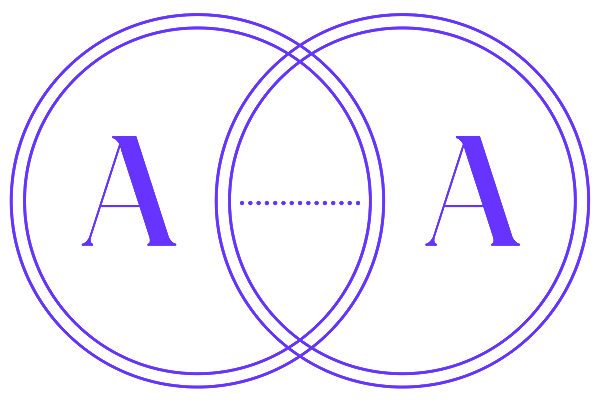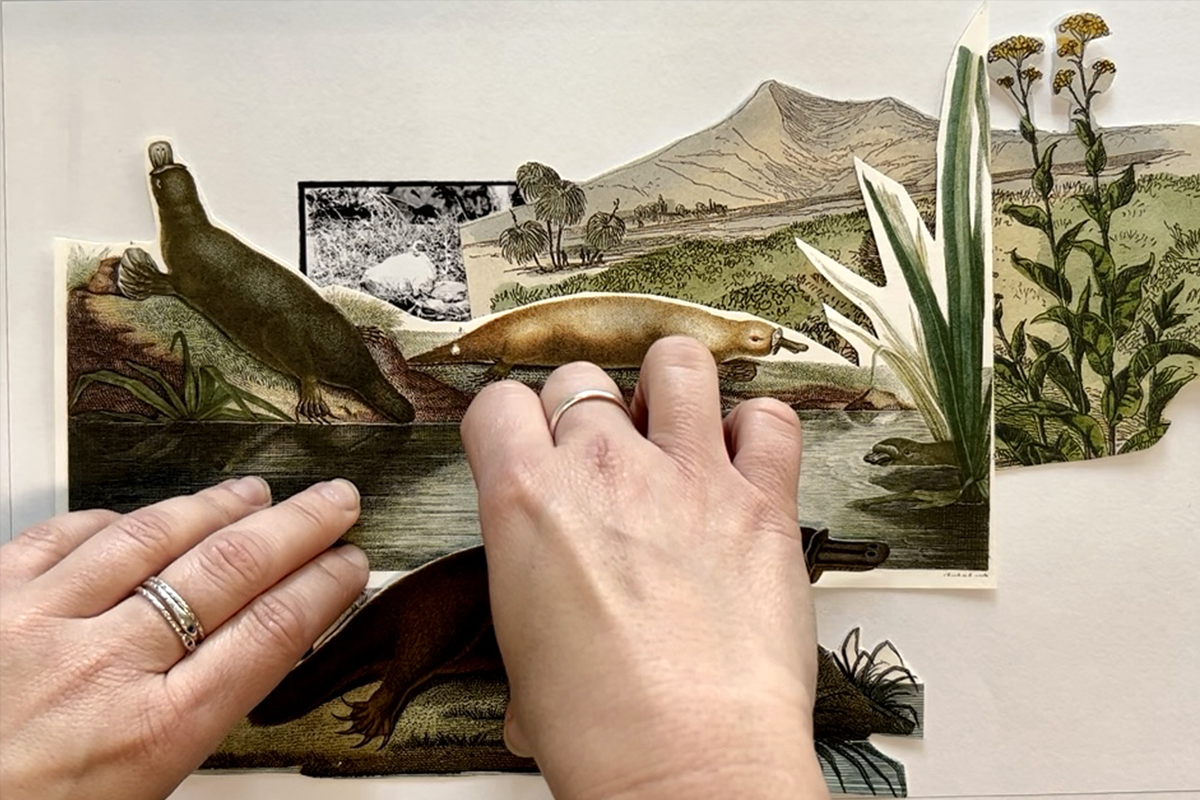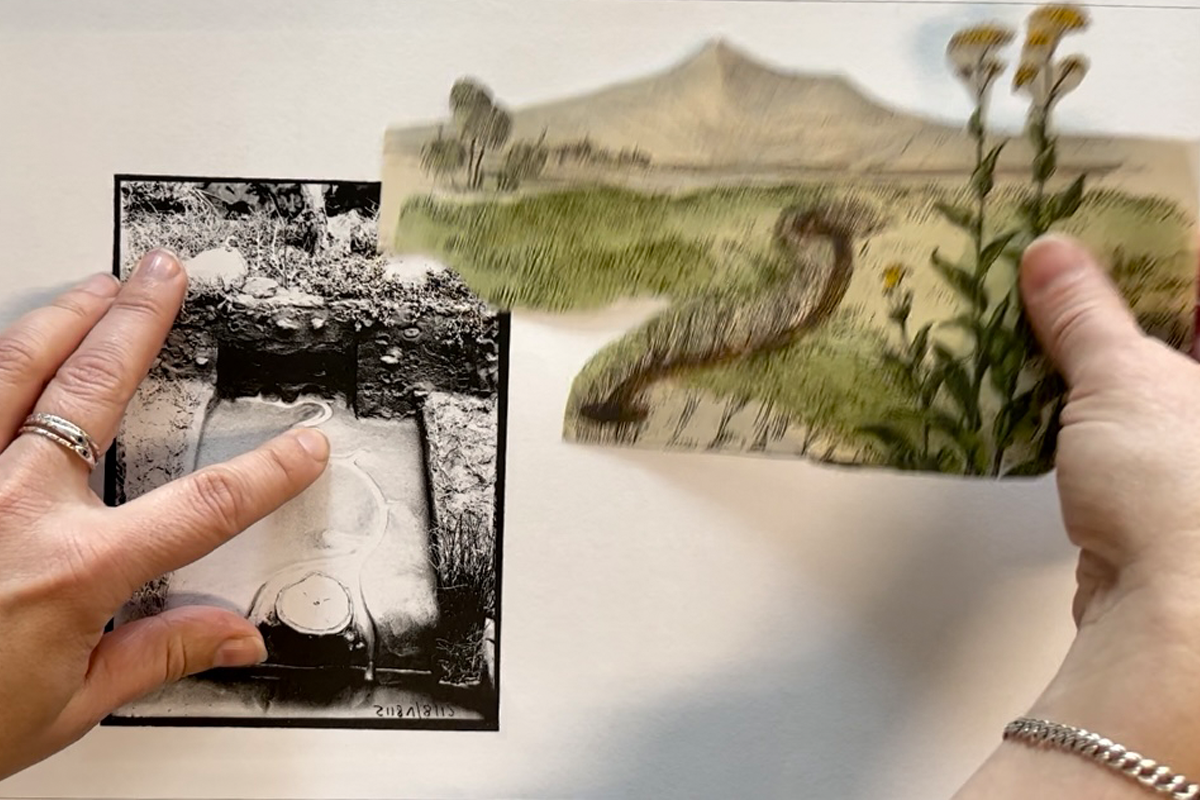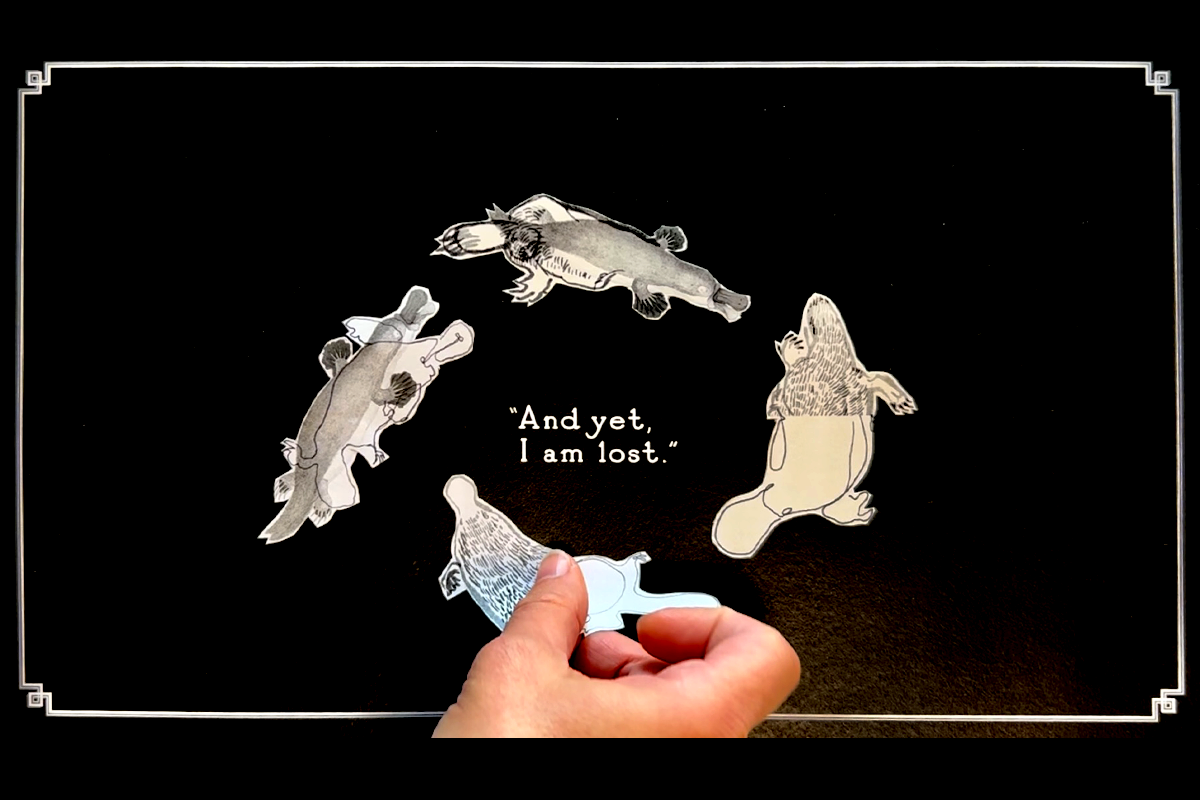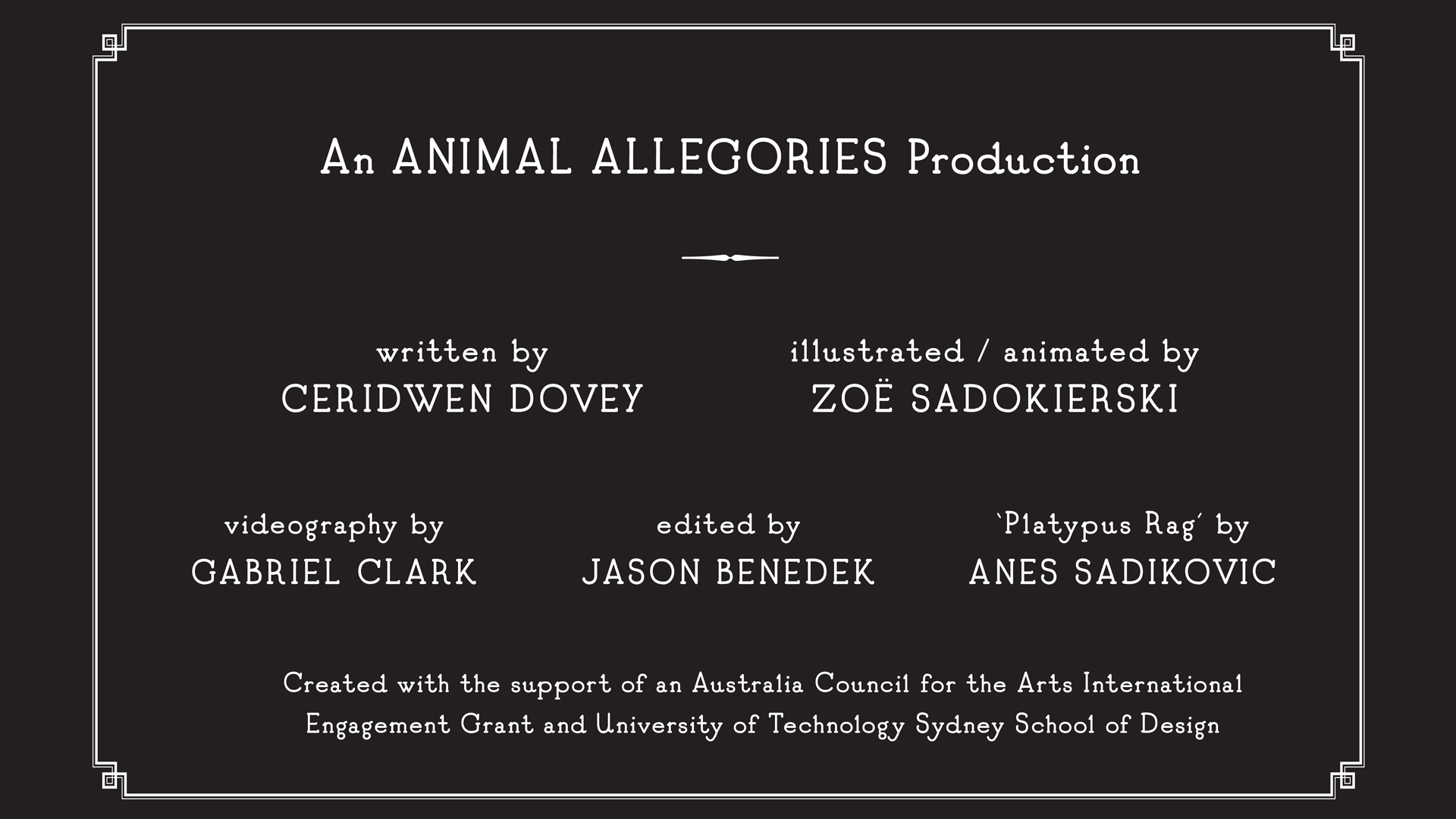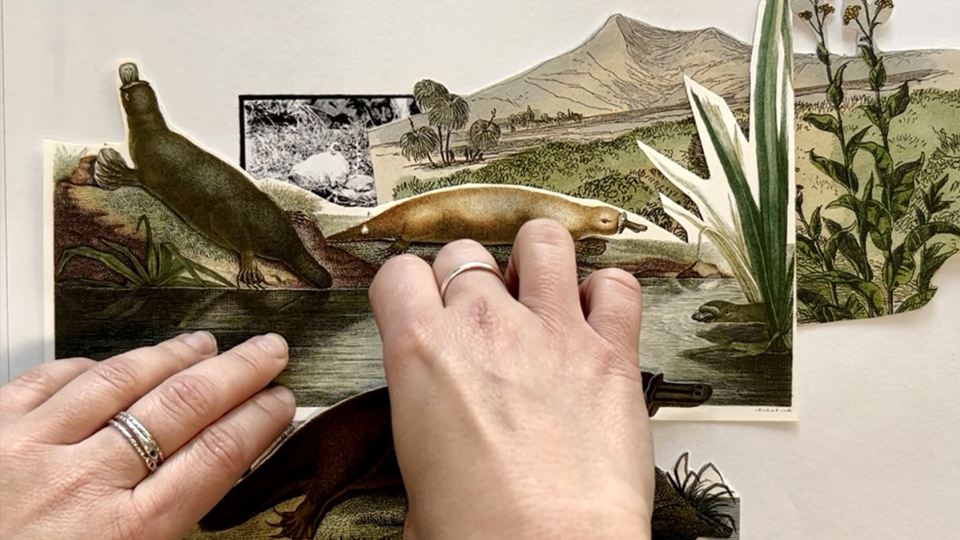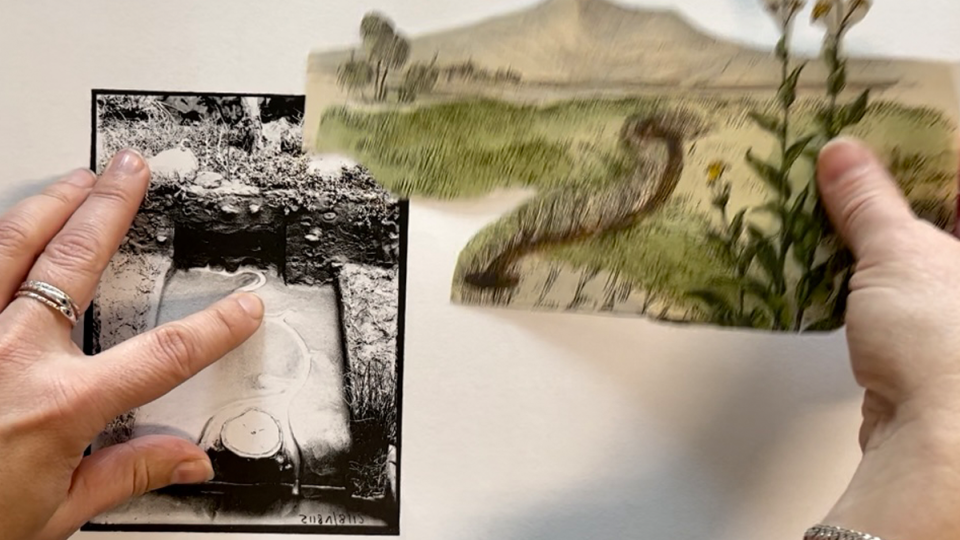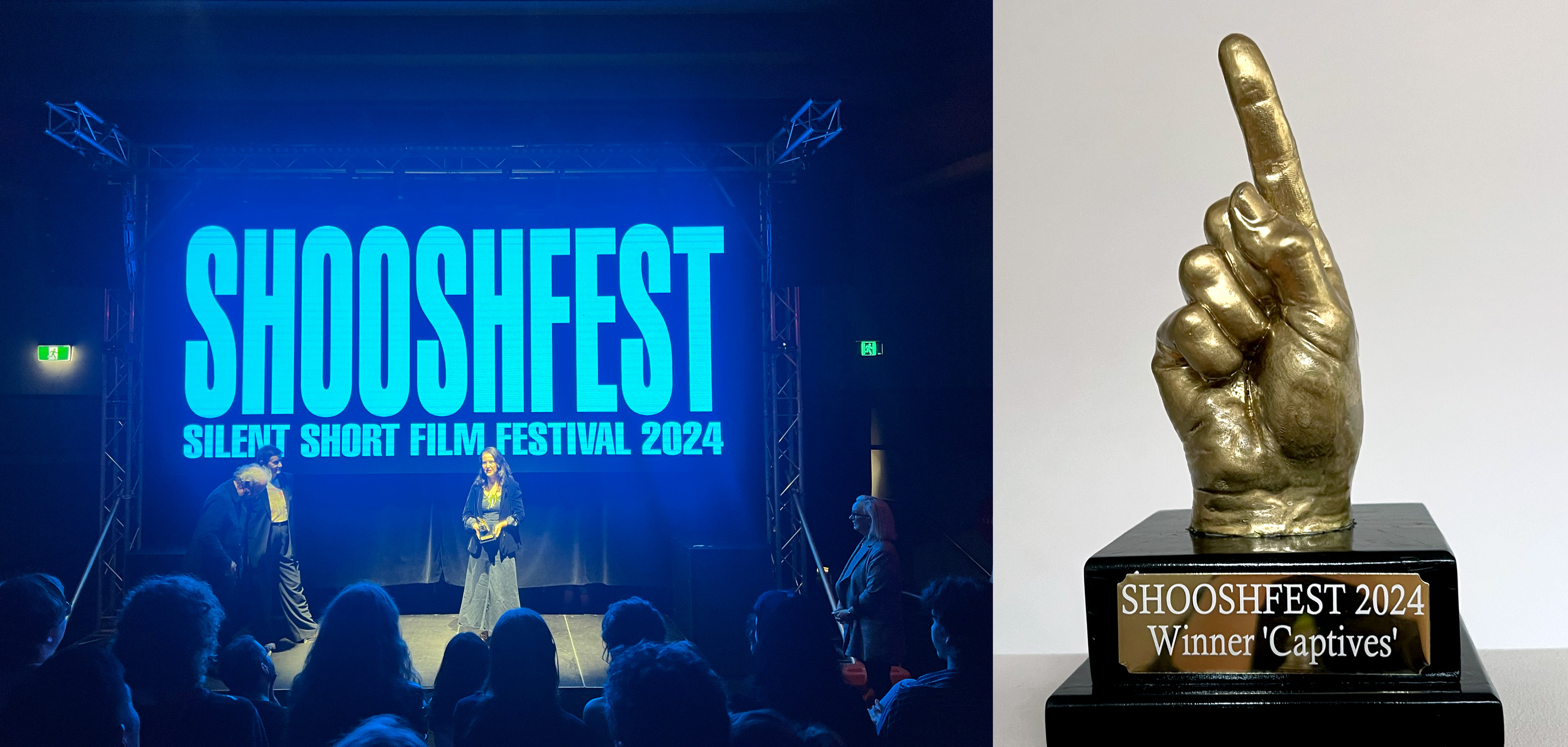A paper-theatre film in which a playtpus and a naturalist
discuss colonial collection practices.
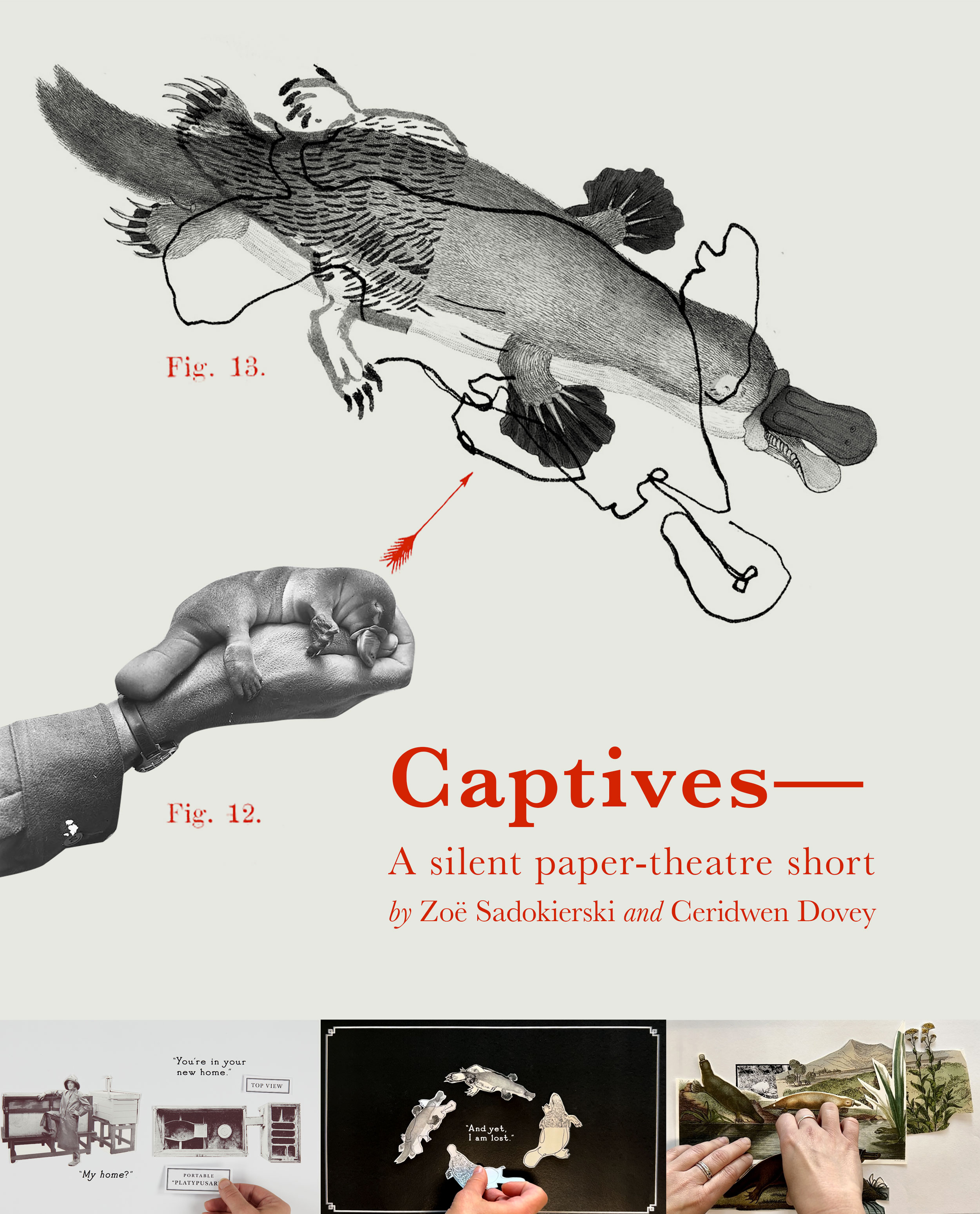
Archives can be confronting. In hindsight, once celebrated discoveries can be understood as violent extractions.
Australian amateur naturalist Henry James (Harry) Burrell (1873–1945) dedicated his life to studying monotremes, in particular, the platypus. Burrell collected specimens in the wild and was the first person to keep platypus in captivity in order to study these fascinating and little understood creatures, and promote their conservation.
He was awarded an Order of the British Empire for his work.
However, footage of a bare-chested Burrell hacking into a river bank to extract platypus puggles and documenting nests by destroying them is shocking for many contemporary viewers. Can we hold regard for Burrell’s contributions to science and conservation efforts, while also condemning his destructive collection practices?
Ceridwen was inspired to write the script for Captives after we were shown glass plate photographs and a bizarre film from the Burrell collection by Vanessa Finney, Head of World Cultures, Archies and Research Library at the Australian Museum. The film shows Burrell digging into river beds and constructing a tank to observe the live platypuses, which he called a ‘platypusary’. Burrell’s background in vaudeville lingers in his flare for drama; the film also shows him in the platypusary, his head poking into the tank through a glass dome with his forearms reaching in through special holes to pet a live platypus.
'Captives' is told from the perspective of the platypus. Giving her a voice invites viewers to think from her perspective, to explore a multispecies view of history. This may feel unscientific to some, but many cultures give voice to non-human creatures and even inanimate objects as a way of developing an empathic kinship with the world around them.
Our initial plan was to create an archival film using this footage and still photographs. But how to voice a platypus? How far is too far to anthropomorphise? We opted for a silent film, and rather than the actual footage, Zoë came up with a more ‘hands-on’ presentation: a paper theatre performance of the script using photographs from the Burrell collection, via the National Museum of Australia, and public domain natural history illustrations.
Hacking into Burrell's archive mimics his hacking into the river bank. Revealing her hands in the frame acts as a reminder that all archives are constructed, all histories assembled from fragments of the whole. Telling hard truths from Museum archives is part of a process of taking responsibility for past practices to ensure future practices are ethical, sustainable and respectful.
